7 ways you’re damaging your clothes in a washing machine
Beat the wash day blues and keep your clothes in shipshape
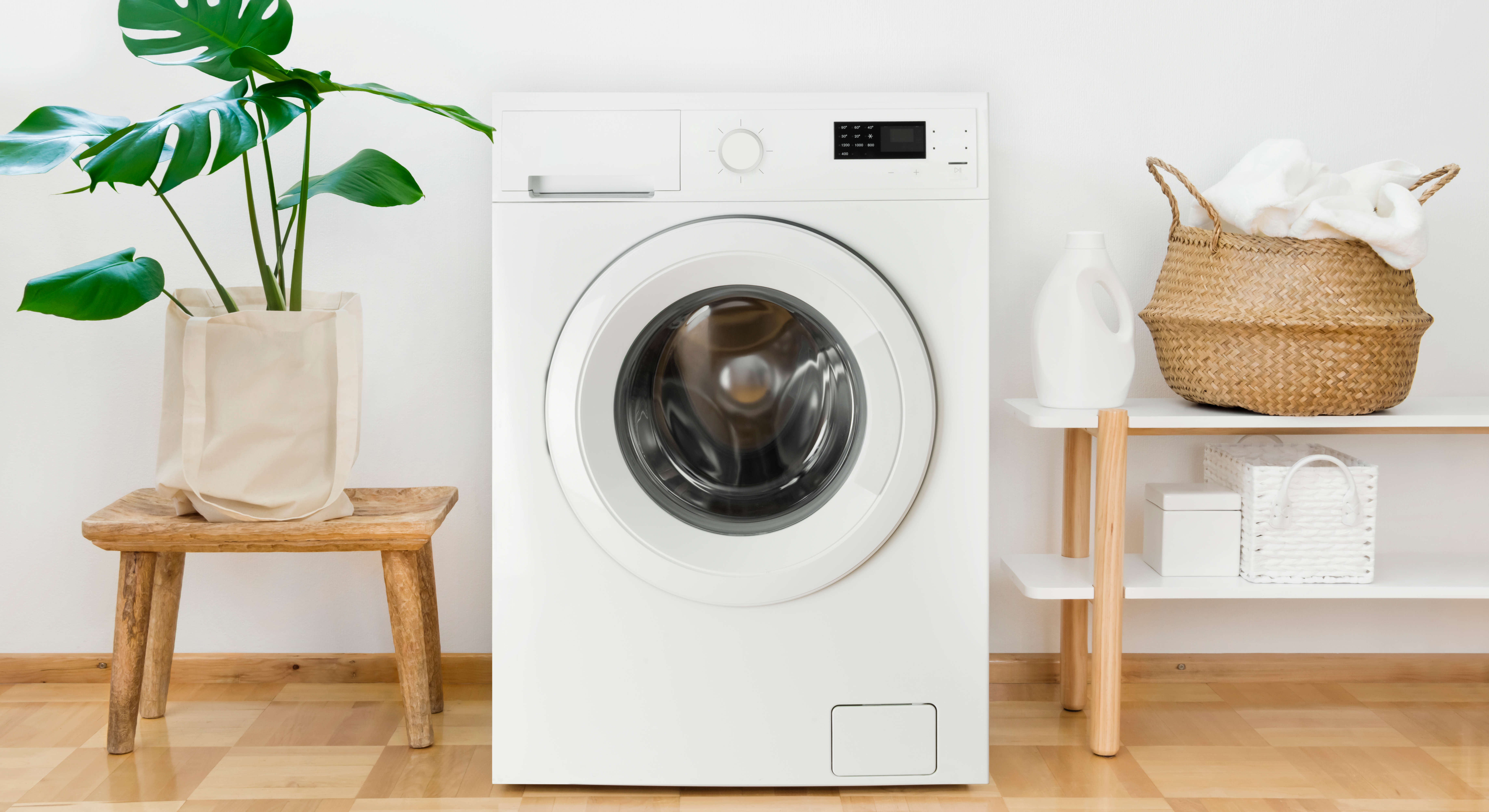
Today’s washing machines make it easy to keep our clothes fresh and hygienic, removing oil, dirt and bacteria. And while putting on a wash is super quick and far easier than washing clothes by hand, there are a few pitfalls to avoid. Without treating your laundry correctly, you could damage your clothes, and reduce their lifespan.
Whether you have one of the best washing machines, or not, you could still be making mistakes when washing your laundry. We’ve gathered a list of common mistakes to avoid when doing the laundry to ensure your clothes always stay their best.
You might also be interested in 7 laundry myths debunked by the experts.
1. Forgetting to remove items from pockets
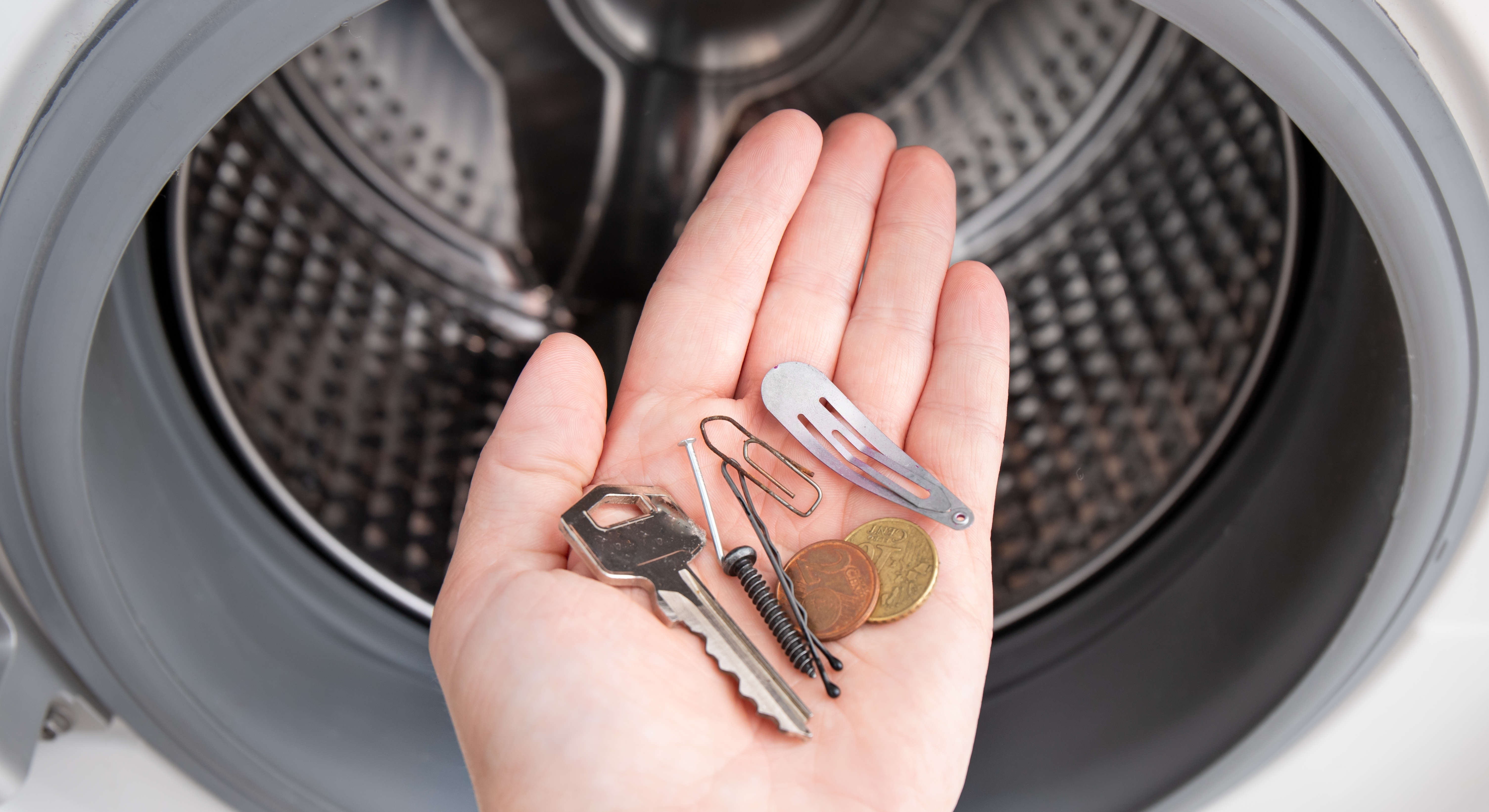
Delve into those pockets before putting clothing into the wash. If you don’t, you’ll regret finding coins, keys and screws in the washing machine. If you’ve got a keen DIY-er in the house, nails and screws can easily get forgotten about but can cause real problems ripping fabrics and damaging the machine.
My main annoyance is finding mashed up tissues in the wash. The fibres break up and work their way across the whole wash, covering the clothing in specks of white, leaving me with the painstaking task of using a lint roller on every item.
2. Overloading the machine
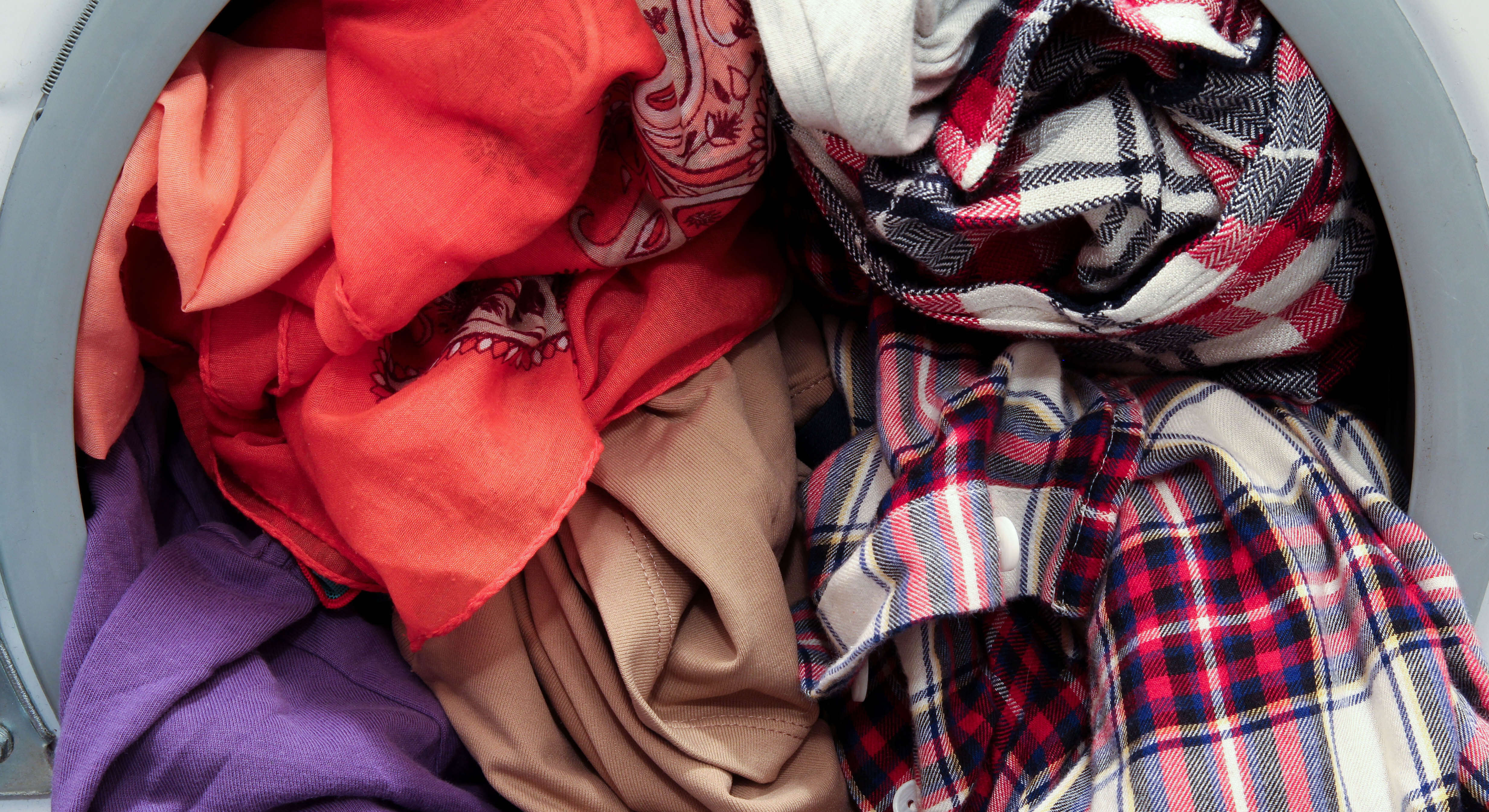
With increases in the cost of energy, we’re all more conscious of saving money where we can, but overstuffing the washing machine to cut down on the number of loads you run isn’t efficient. Clothes will become cramped in the drum without enough room to move and won’t be washed thoroughly. If you’re keen to save money on your wash, one other way is to decrease the wash temperature on clothing that is only lightly soiled.
3. Not pre-sorting clothes
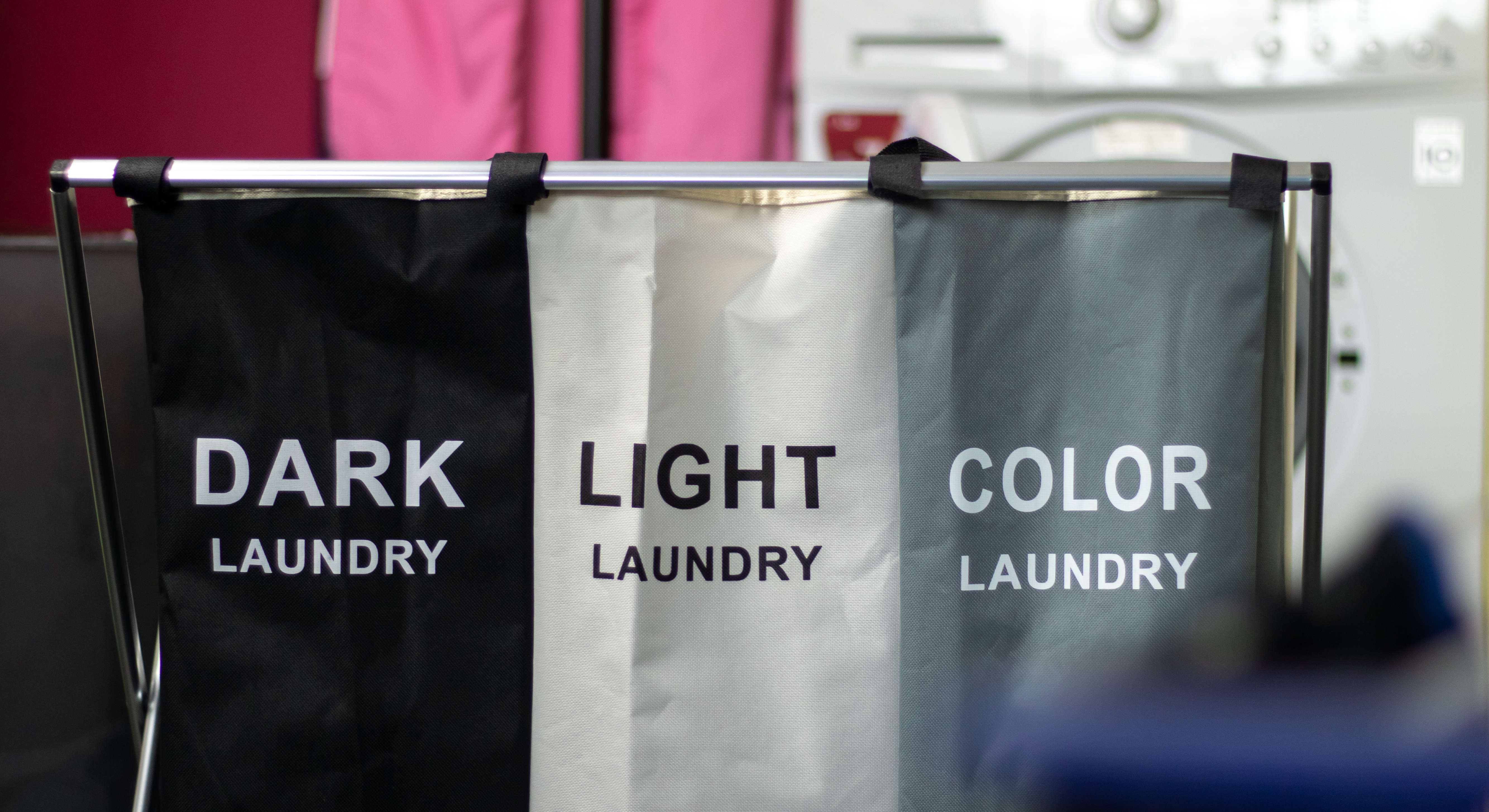
Your whites won’t stay white for long if they get mixed in with a load of coloured or dark clothing. When you haven’t got a full load of one type of clothing, it can seem like a shortcut to mix it all up, but it will be a detriment to your laundry.
Sign up to get the BEST of Tom's Guide direct to your inbox.
Get instant access to breaking news, the hottest reviews, great deals and helpful tips.
Before putting on a load, sort your items into whites, lights and darks. You’ll be thankful that your new red sweatshirt hasn’t bled onto those beautiful white bath towels, turning them a shade of pink. And remember to check the wash temperatures. Woollens, linens and silks prefer a colder wash than other items.
4. Failing to zip those zippers
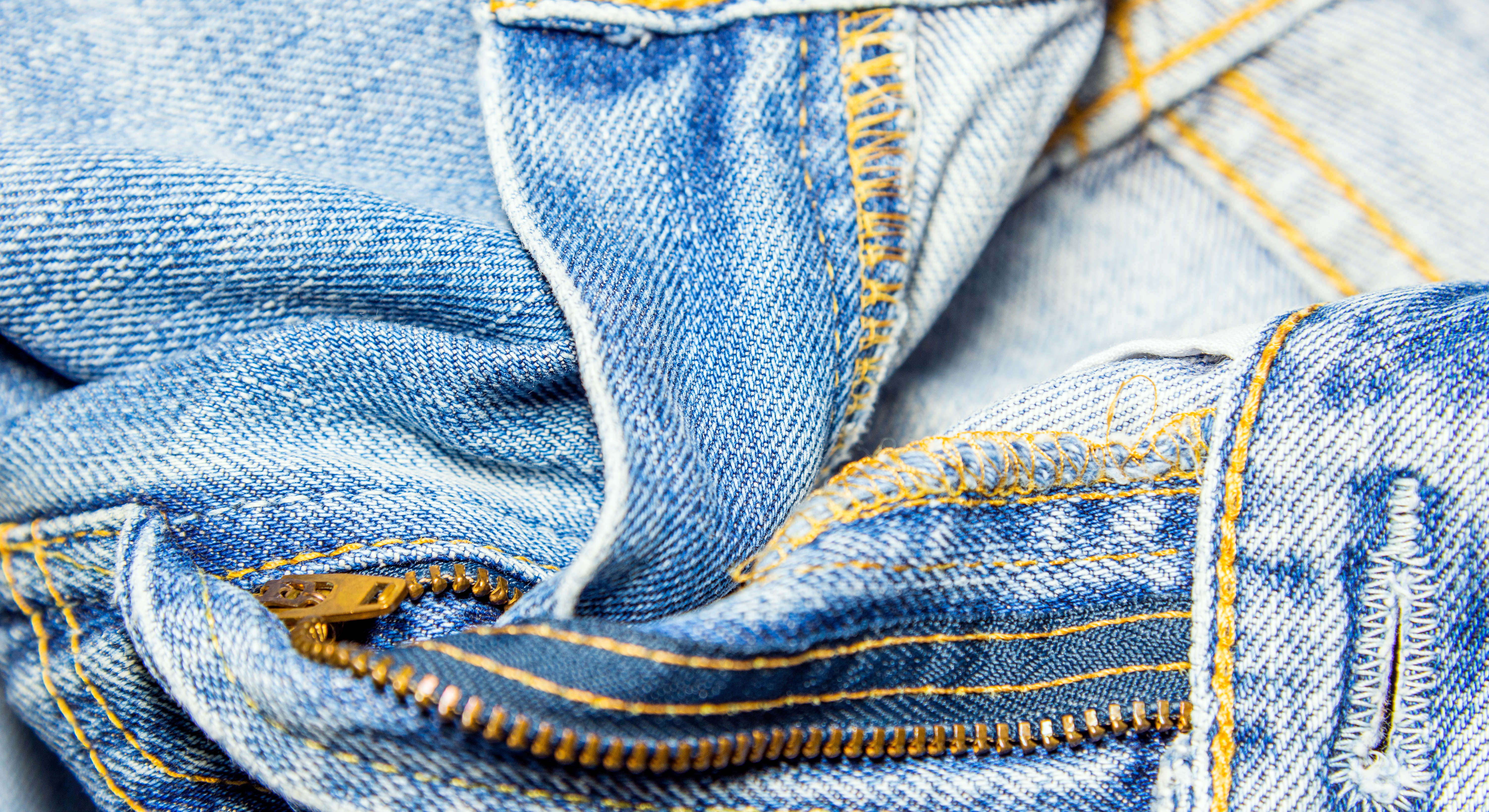
Zips have jagged teeth, and when not fastened, can catch and pull threads on clothing. Be sure to fasten them properly before putting them in the wash. I often turn zipped trousers inside out for extra protection. And remember fastenings on bras. The catches can get tangled with other washing and cause snags and snatches.
One way to protect your bras and other clothing is to put them in a mesh laundry bag. This way, they are contained in one place and catches can’t snag on other items. I prefer using mesh bags with a drawstring closure rather than a zip, as this eliminates any issue with extra metal in the machine.
5. Going too hot
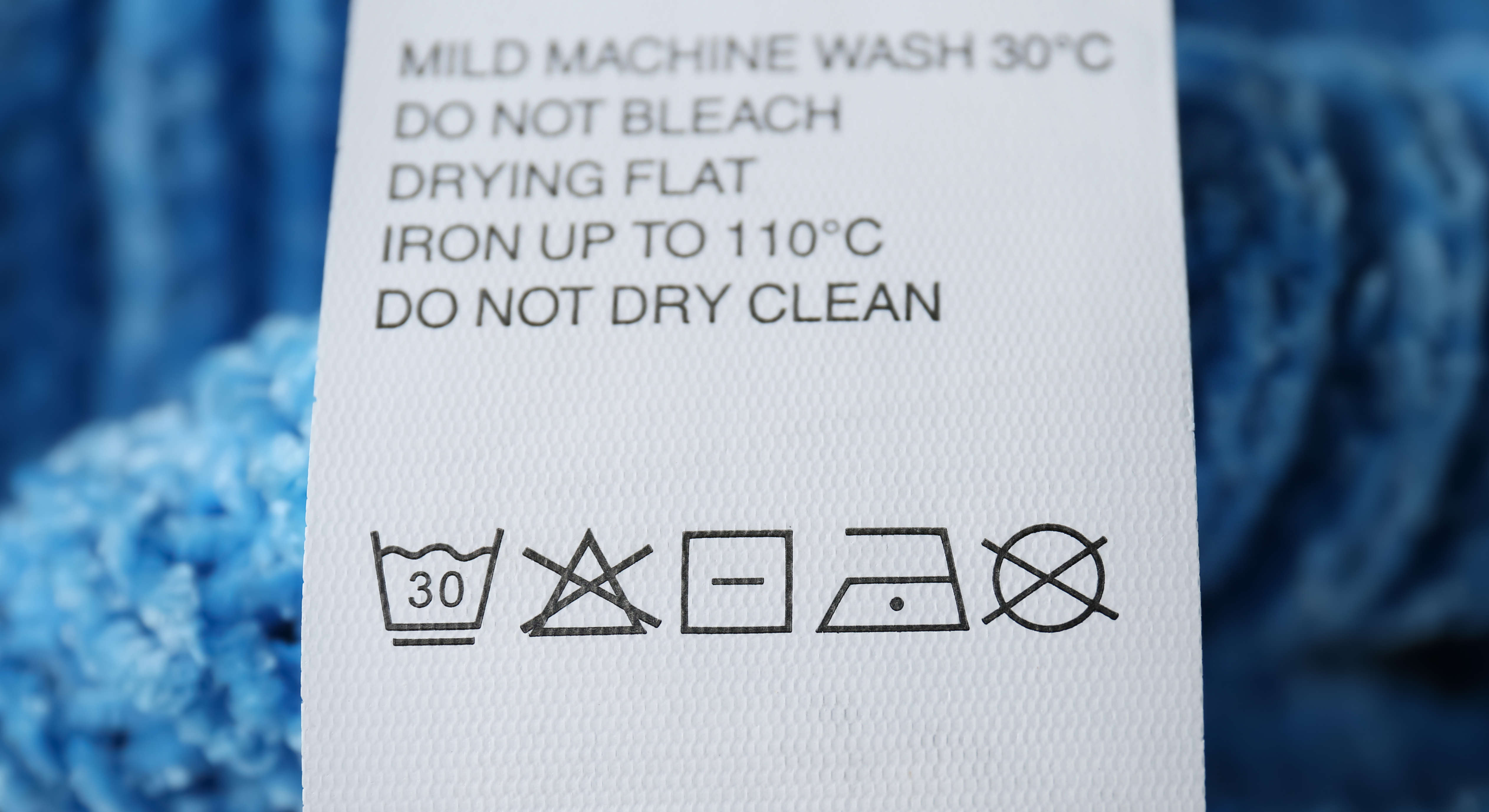
Unless you’re keen to shrink an item, never wash it any hotter than it states on the care label. While your clothing may reappear smaller, the colour is also likely to fade. Whirlpool says items made of natural fibers like wool, linen, cotton or silk are more likely to shrink, so take extra care with these items when setting the temperature of your wash program. Wash has a helpful laundry temperature guide.
6. Using too much detergent
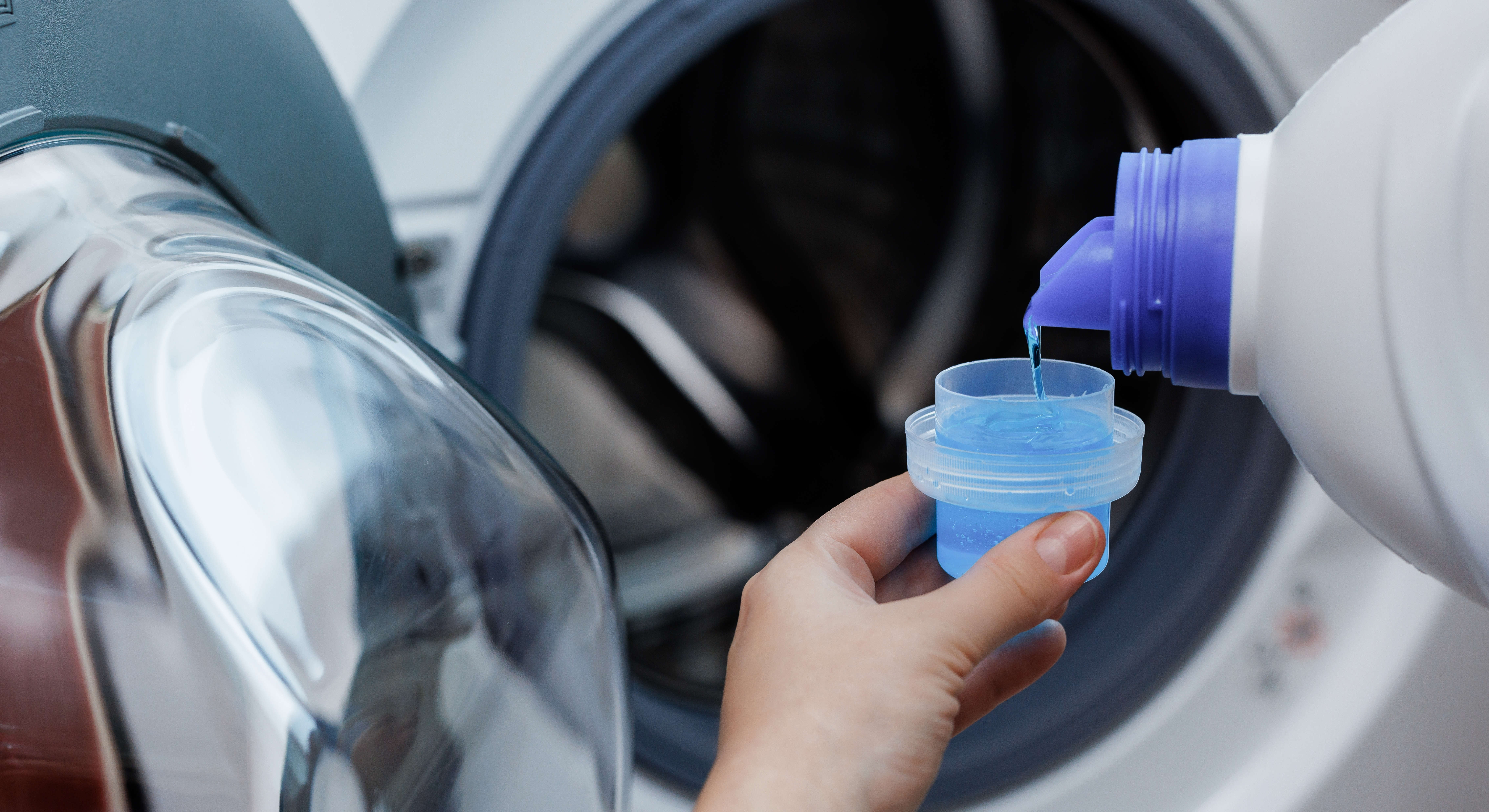
Can your clothes ever be too clean? Contrary to what you may think, whether you use powder or liquid detergent, too much soap can harm a wash. The excess detergent creates more suds, which must be rinsed out of the clothing. If the extra residue is not washed away, it can be left on your clothes and caught in areas where it can’t be removed. It can also damage your machine as residue inside builds up, traps odors and encourages mould growth.
How are clothes washed?
According to laundry detergent company Swash: “Washing machines clean clothes by allowing clothes to rub against each other, this friction helps work dirt and stains out of the fabric. Too much soap reduces this friction, which means your clothes may not get as clean as they would otherwise.”
7. Neglecting to clean your washing machine
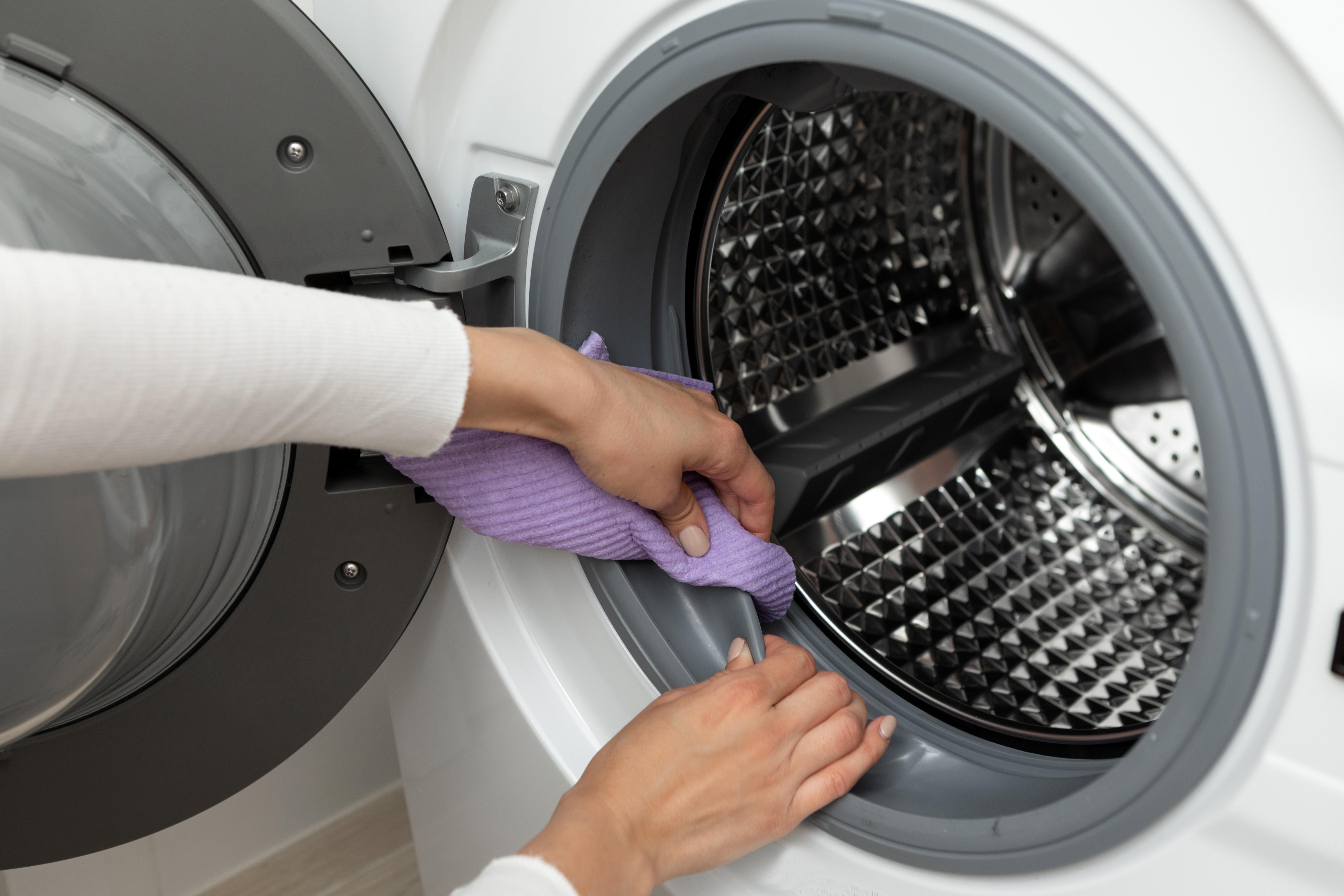
Although your washing machine is used regularly — mine is on daily — do you give much thought to cleaning it? One school of thought is that with frequent use, the water and detergent must clean the machine. Unfortunately, this is not the case. Dirt from your laundry and detergent residue build-up, along with hard-water deposits.
I often have a problem with mold appearing on the door seal and a nasty smell of drains when the machine is on spin. So, it’s worth cleaning your washing machine regularly to prevent a build-up of mold and nasty smells.
By avoiding the mistakes above, you’ll be taking the best care of your laundry and washing machine, and extending the life of both.
More from Tom's Guide

Camilla Sharman has worked in publishing and marketing for over 30 years and has covered a wide range of sectors within the business and consumer industries both as a feature, content, and freelance writer.
As a business journalist, Camilla has researched articles for many different sectors from the jewellery industry to finance and tech, charities, and the arts. Whatever she’s covered, she enjoys delving deep and learning the ins and out of different topics, then conveying her research within engaging content that informs the reader. In her spare time, when she’s not in her kitchen experimenting with a new recipe, you’ll find her keeping fit at the gym. In the pool, stretching at a yoga class, or on a spin bike, exercise is her escape time. She also loves the great outdoors and if she’s not pottering about in her garden, she’ll be jumping on her bike for a gentle cycle ride.
